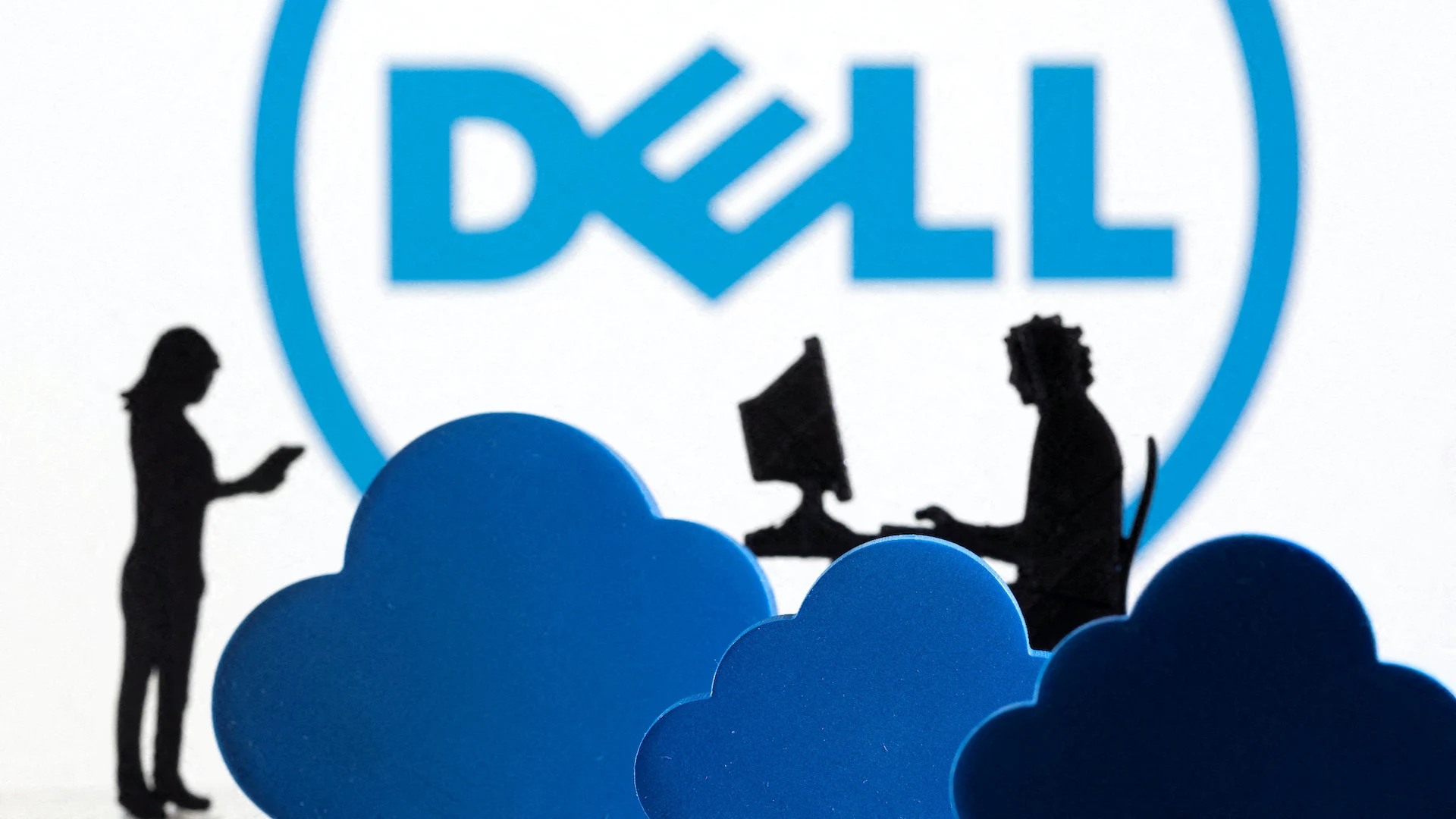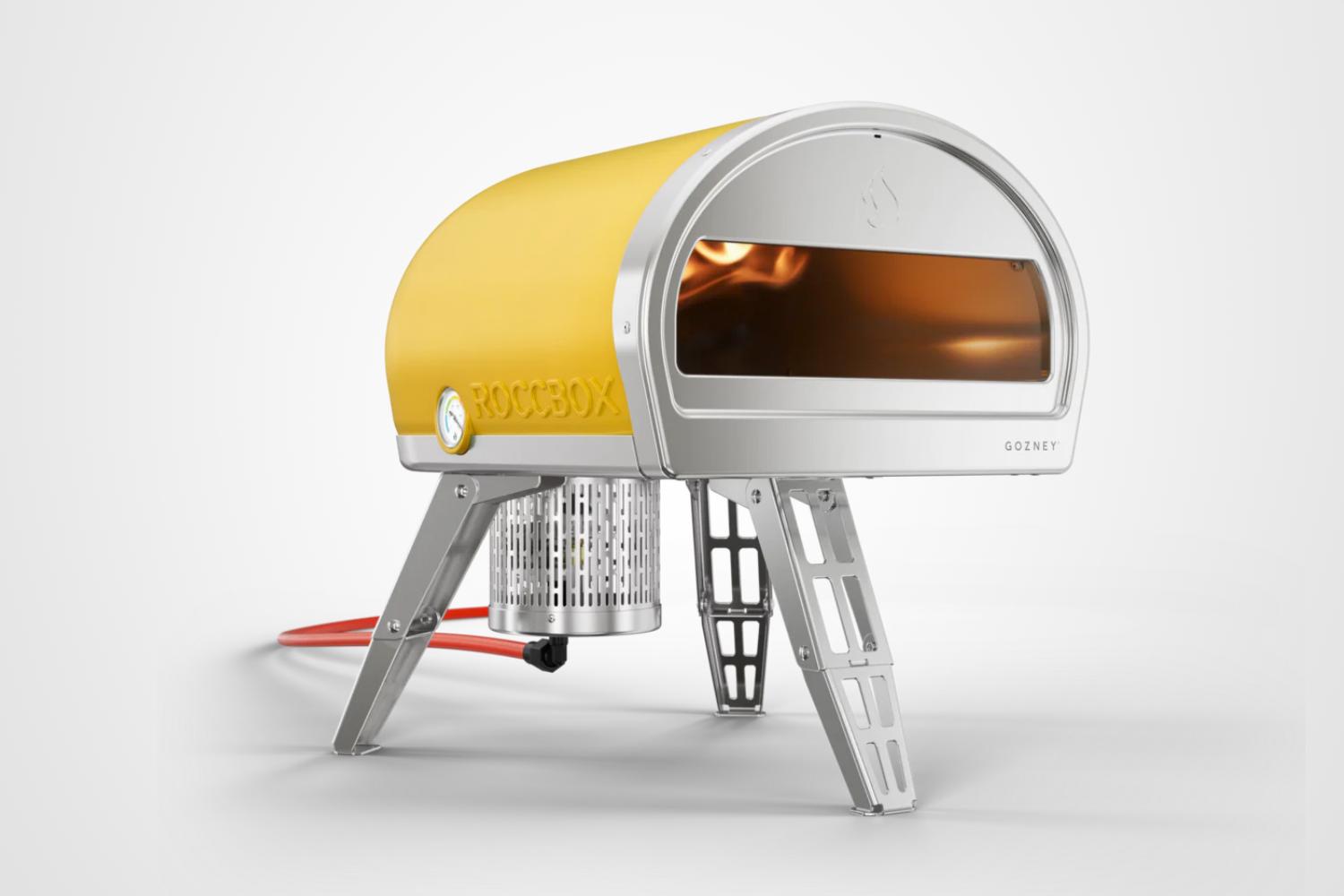Apple was the first to truly popularize the touchpad (or trackpad, as Apple calls it), and most importantly, make it good. Over the years, the company enhanced the experience with a handful of features, such as multi-finger gestures or haptic feedback. Windows alternatives have struggled to keep up.
While touchpads in laptops have improved in Windows laptops, there are few external options to compete with the supremacy of the Apple Magic Trackpad 2, a definitive Mac accessory, until now. I got some early hands-on time with Hyper’s HyperSpace Trackpad Pro, a Windows-based touchpad that—surprisingly—surpasses Apple’s hardware.
Meet Your Match
The HyperSpace Trackpad Pro’s main goal is to provide a high-quality Windows alternative to the Magic Trackpad. That’s easy to check off. It has a pretty design, housed in a CNC metal chassis that feels superb. It resembles the Space Gray Magic Trackpad, featuring dark silver sides and a black trackpad glass surface. It charges via USB-C next to the manual power button on the back and can connect via cable or Bluetooth. It’s more or less the same size as the Magic Trackpad.
It’s performance that really matters. It has a 240-Hz report rate (otherwise known as polling rate), which is what gives you that smooth cursor movement, matching the rate of the Magic Trackpad. That might not sound impressive compared to the high-end 1,000-Hz gaming mice, but for a touchpad, it feels super smooth. I’m happy to report that when it comes to the basics of swiping, clicking, and navigating, the HyperSpace Trackpad Pro feels every bit as precise and smooth as Apple’s hardware. It works right out of the box and really elevates what you can do on Windows.
Like the Magic Trackpad, the HyperSpace is entirely haptic-based, meaning that when you click down, there’s no physical button being depressed. Instead, you get the reverberation of the haptics, which accurately simulates the feeling of clicking. One of the benefits of this is that every part of the surface is clickable, unlike mechanical dome switch touchpads. You also get the ability to customize every aspect of the surface and the click itself, which is where Hyper ambitiously attempts to take the Trackpad Pro beyond the competition with its Hydra Connect software.
Steep Learning Curve
Photograph: Luke Larsen
My first impression of the HyperSpace wasn’t good. To say there is a steep learning curve, which the folks at Hyper warned me about, is an understatement. After plugging it in and attempting to click on an icon on my desktop, I assumed I had a defective unit. Trying to click kept pulling up the right-click menu, and the click itself felt inconsistent.











